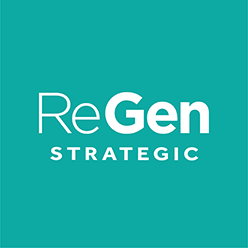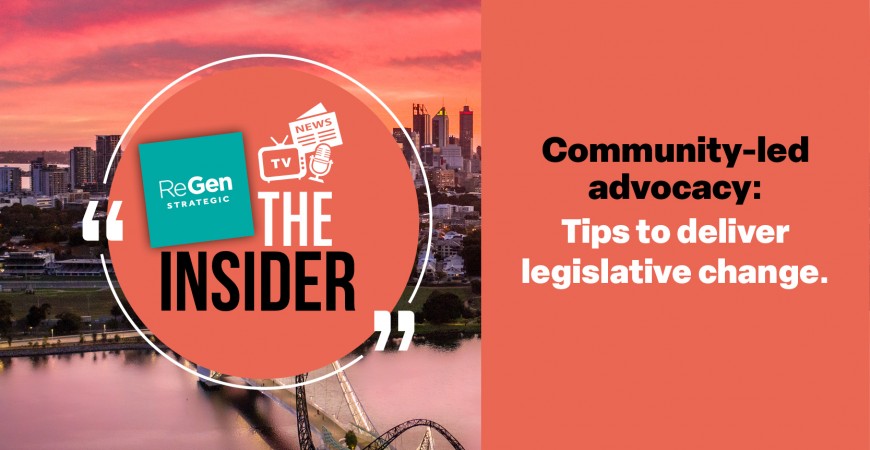As both a lobbyist and gay dad, I’m proud to have the opportunity to support the remarkable efforts of my community to remove discriminatory restrictions to Assisted Reproduction Technology (ART) and surrogacy in Western Australia over the past eight years.
Happily, this culminated in the introduction of the Assisted Reproductive Technology and Surrogacy Bill 2025 to WA Parliament last month.
It has been a long journey, and it has helped me better understand the often arduous process of achieving legislative change.
Based on this experience, I’ve shared eight tips for community and advocacy groups looking to change the law.
- Define the goal
Reform is led by the few – nothing is possible without passionate and committed people ready for the long haul. These community leaders are most successful when they coalesce around a defined outcome as their guiding light during the campaign.
- Understand your community
Know your community and have their support if you want to have any hope of success. We conducted a series of surveys among the gay dad community to understand how their families were built and what they wanted to see changed. In our case, 97 per cent of respondents were forced overseas to have children, yet 92 per cent said they would engage in altruistic surrogacy if it was available in WA.
- Get help
Be prepared to tap your network to get the help of legal, media and public policy experts. When the government conducted an independent review of relevant legislation, we were very fortunate to get the support of a group of barristers and lawyers who wanted to make a difference to prepare a powerful submission.
- Be patient
Although a formal review of the law started in 2018, the proposed act was only introduced to parliament in August 2025. It’s important to remain organised and focused during fallow times so that leadership can be refreshed and new advocates can be found.
- Build alliances
Gay dads are a narrow audience – and a few hundred families don’t carry much political weight. You’re more likely to be successful if you can reach out and form a coalition of diverse voices. In our case, we were part of a broader community who were facing barriers to forming a family – including LGBTQI people and mothers unable to access ART – and we built effective alliances with influential advocacy groups including Rainbow Families and Pride WA.
- Influence
Look to your wider network to seek broad public support. In our case we uncovered a huge level of support from our female friends and colleagues – many of whom were previously unaware of surrogacy and discrimination against the LBGTQI community – who shared our messages on their social media platforms to build awareness. These efforts helped to strengthen legitimacy and demonstrated general community support.
- Mobilise through personal stories
Activate supporters through petitions, rallies, and media. We encouraged our supporters to share their personal stories through media and directly to parliamentarians. Story telling – especially when conveyed directly with decision-makers via lobbying and submissions – are the most powerful tool in changing opinions and building parliamentary support.
- Resource and sustain
Secure funding and motivate volunteers along your journey. We engaged our supporters through frequent communication and a range of opportunities suitable to our many audiences. In our case we held family events, media opportunities, online discussion groups, and fun public-facing events like Pride Parade every November.
Our journey continues – with a level of debate expected in the upper house and no guarantee that the legislation will pass.
For further information and to support the campaign, visit our website, or download Episode 10 of The Pulse: Parenthood Without Barriers.
 ReGen Strategic
ReGen Strategic